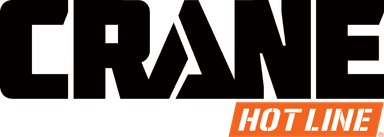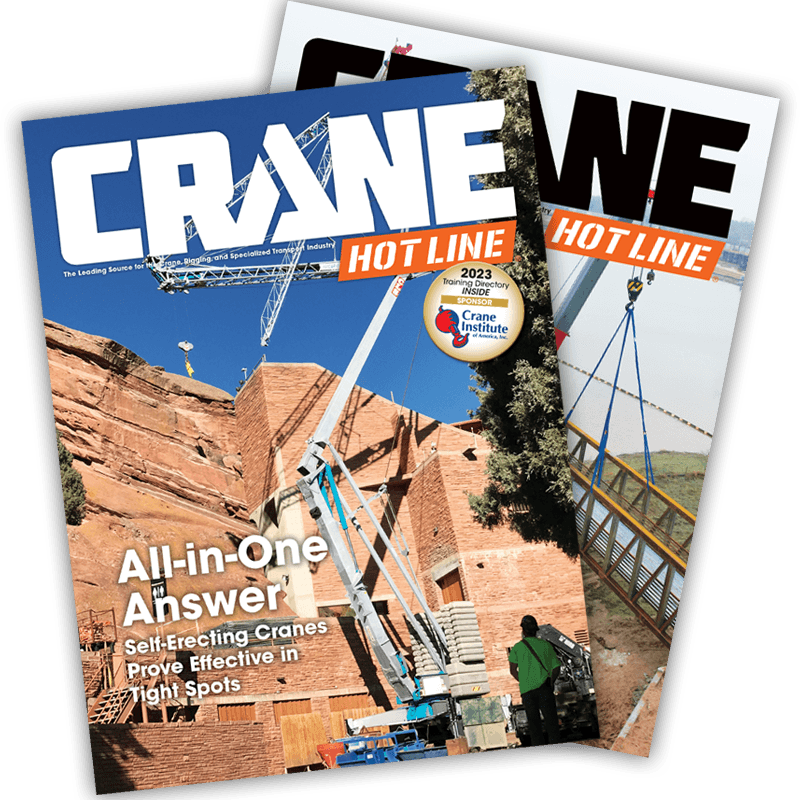December 27, 2006 • Washington State has issued a new elevating work platform rule that will go into effect Jan. 1, 2007. The rule mirrors federal OSHA regulations and ANSI standards for boom lifts and scissor lifts with one exception: It requires a harness and lanyard to be used on scissor lifts.
According to Jeff Stachowiak, director of access safety and training for Sunbelt Rentals, Washington is the first state to mandate workers in scissor lifts to wear personal fall protection • federal OSHA and ANSI do not mandate this. “Not too many states act outside the federal OSHA standards,” he said. “Typically, actions like these are reactions to accidents that have happened.” However, Stachowiak said that he believed that fewer scissor lift tipover accidents will come from the use of pothole protection rather than requiring fall protection.
In recent years, national organizations have worked on developing a general consensus on the use of harnesses on aerial lifts. In late 2005, AWPT, Inc. drafted a basic guidance on fall protection, which stated that operators of scissor lifts and other vertical platforms do not normally need to wear a safety harness. Stachowiak said Washington's new rule should not alter efforts to come up with a consensus. “Anything we would come up with would always state to follow local rules and ordinances,” he said.
While Washington's new rule will be effective next week, there are still a number of unanswered questions on the type of fall protection to use, Stachowiak said. The length of the lanyard, shock absorber requirements, and an explanation on how workers can move around the platform and remain hooked up are only a few of those uncertainties that may cause confusion for workers.
To view Washington's new rule, go to http://www.lni.wa.gov/rules/AO05/34/0534Adoption.pdf. 

